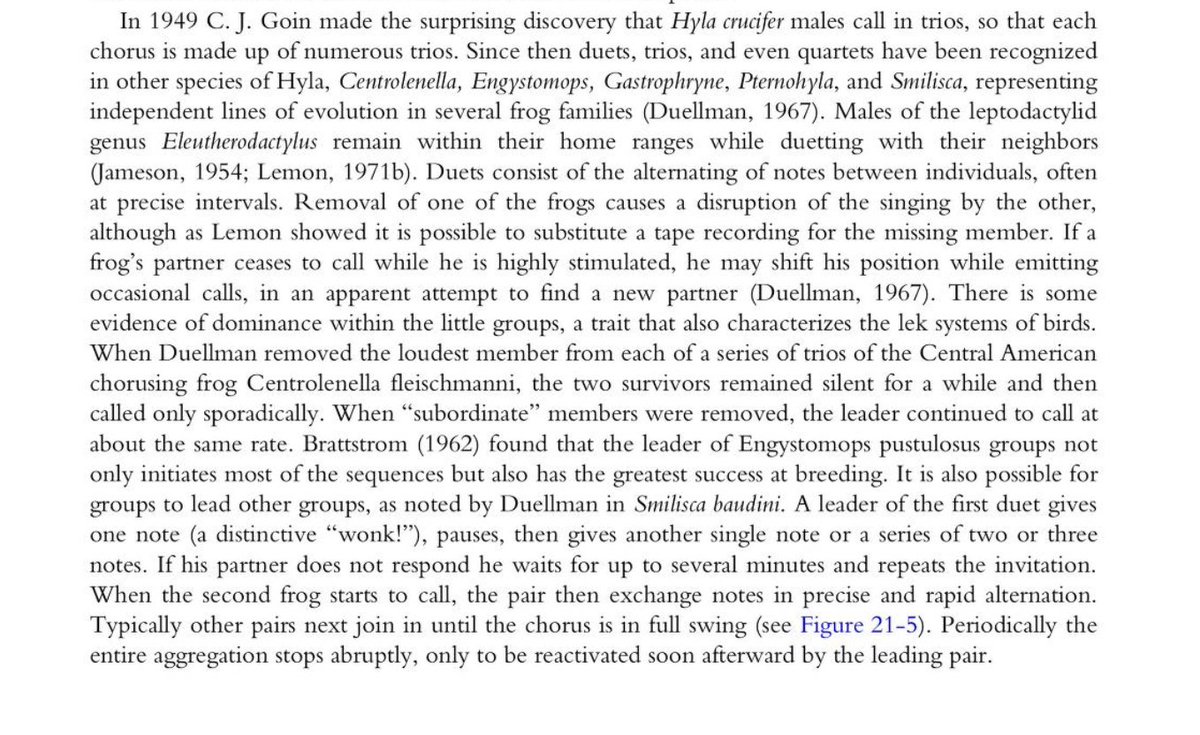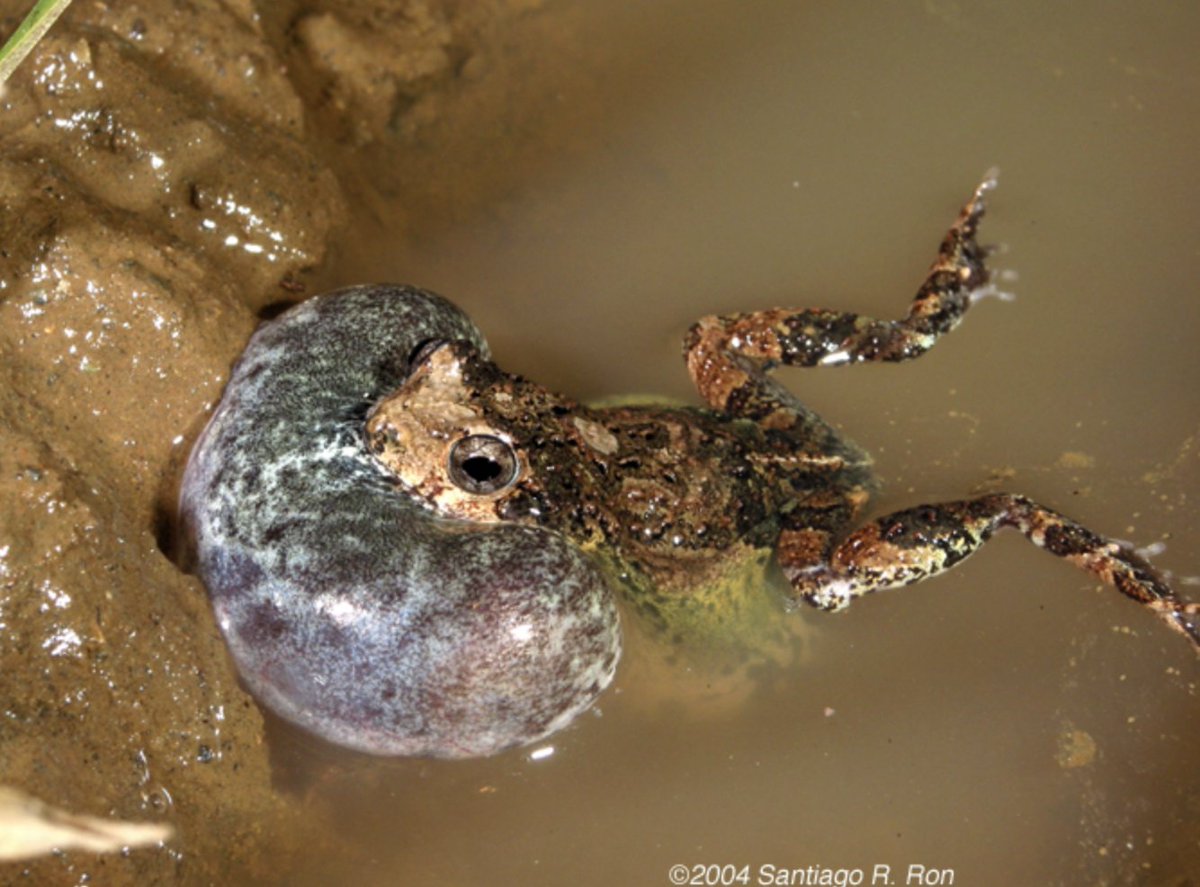The first of a thread series on the Lewis & Clark Expedition.
Today marks six months since the city of Charlottesville shamefully toppled "Their First View of the Pacific," a statue of Meriwether Lewis, William Clark, and Sacagawea.
I want to show you the unveiling ceremony.
Today marks six months since the city of Charlottesville shamefully toppled "Their First View of the Pacific," a statue of Meriwether Lewis, William Clark, and Sacagawea.
I want to show you the unveiling ceremony.

Let's first understand the statue. Standing amid a busy intersection, recent viewers had little chance to see the relief scenes that depict Indian life, including a council, a buffalo hunt, Sacagawea's family reunification, and native curiosity about York, the slave-adventurer. 



The city took down the statue because of complaints about Sacagawea's "cowering." This is totally uncharitable, but it also overlooks that the statue went *up* not to dishonor her, but to honor two men with close ties to Albemarle County. 



The ceremony began with a thoughtful and reverent prayer.
"O God, we recognize Thy presence and Thy overruling providence. We are indebted to Thee for all our blessings..."
"We thank Thee that our forefathers...pressed inward and onward to unmeasured treasures..."

"O God, we recognize Thy presence and Thy overruling providence. We are indebted to Thee for all our blessings..."
"We thank Thee that our forefathers...pressed inward and onward to unmeasured treasures..."


"We thank Thee for this memorial that...shall daily remind us amid life's hurried scenes that there are high ideals, to which we should ever look, and great sacrifices which we should ever be willing to make for the general good." 

"May our children be thus led to make of their lives that which is truly worth while, to attain the useful and the beautiful, to seek honor by sacrifice, and to win plaudits by service, to consecrate life to that which will redound to the welfare of their country and mankind."
The Reverend instilled pride, humility, awe, and bravery all at once.
On L&C: "They gave their youth to self-sacrifice, glory, and adventure...They were pioneers and pathfinders in a gigantic Odyssey beside which the wandering Greeks were timid and provincial." Tennyson quote follows.
Then:
"There is no fame just like the fame of the pioneer."

Then:
"There is no fame just like the fame of the pioneer."


"Love of country shines out of the eyes of these young voyageurs, and the children...will catch from their passion the mystic meaning of patriotism..." 

Now Alderman turned to the "sheer beauty" of good art, suggesting that it play the fine complement to rugged American democracy. The key quote comes:
"There is nothing too good for a democracy and nothing more manly than beauty."
"There is nothing too good for a democracy and nothing more manly than beauty."

"The masses are groping for outlets to their emotions corresponding to their aspirations and art is the medium for the expression...which no wise society will neglect, unless it is willing for restlessness and lawlessness to supersede art as popular stimulants." Sound familiar? 

On the theme of art and beauty expounded the next speaker, a local judge.
"For true Art whilst it adorns must educate and inspire...he who has once been inspired to search for Truth has placed his foot upon the first round of the ladder that leads to the eternal stars."
"For true Art whilst it adorns must educate and inspire...he who has once been inspired to search for Truth has placed his foot upon the first round of the ladder that leads to the eternal stars."

"In educating the eye, Art necessarily educates the soul...Thus will this monument be alike an adornment, an education, and an inspiration."
"We will guard it well...we will cherish the hope that sons as great—if not greater—shall yet be born [to Virginia]."
"We will guard it well...we will cherish the hope that sons as great—if not greater—shall yet be born [to Virginia]."

A lecture on the expedition itself followed, but I will not reproduce it here as I hope to make my own tellings of the story in later threads. A benediction closed the afternoon.
As for the statue, we did not "guard it well." Now the bronze figures sit humiliated in a park across town. The pedestal stands empty in the city center, a monument to irreverence, self-loathing, and rashness. 



The humiliation provokes me to write. In coming weeks, I'll seek to honor the Expedition by making it *unfamiliar* to you — bringing the inspiring, dramatic, and strange stories of 1803–1806. These aren't unsung stories, but ones to sing again and again. 





• • •
Missing some Tweet in this thread? You can try to
force a refresh




































